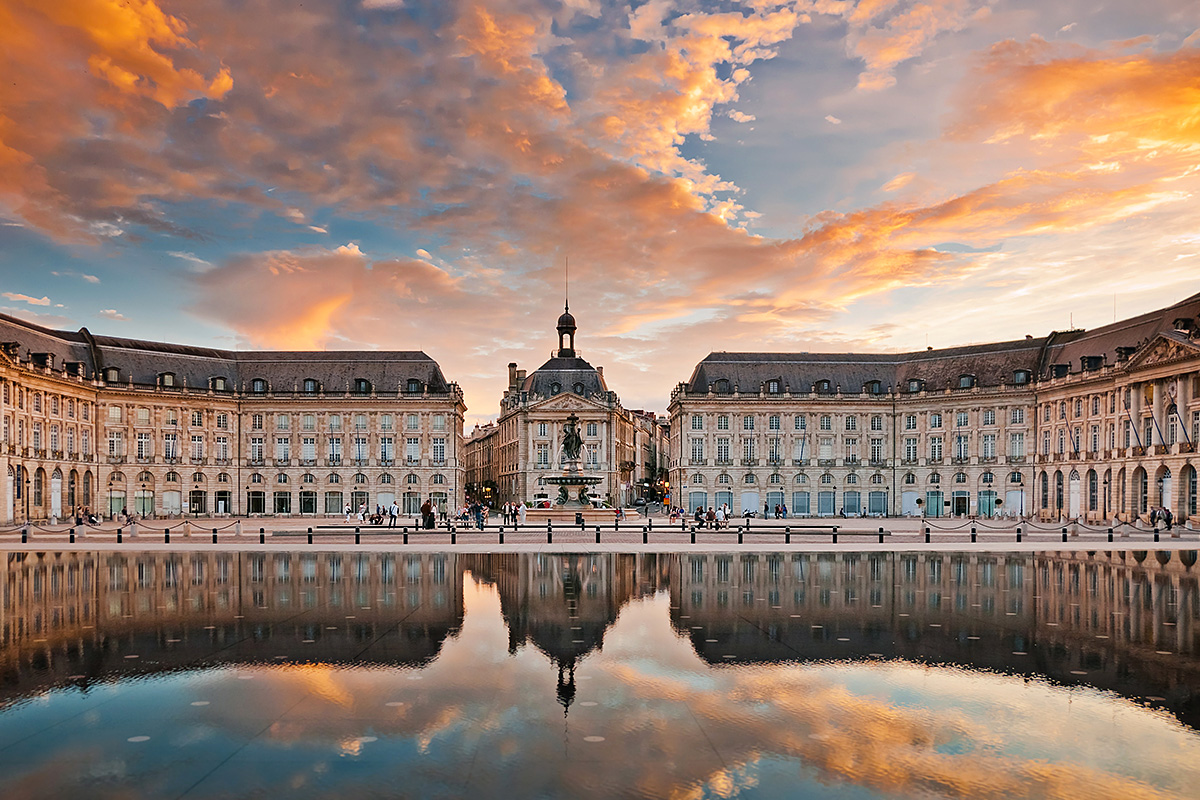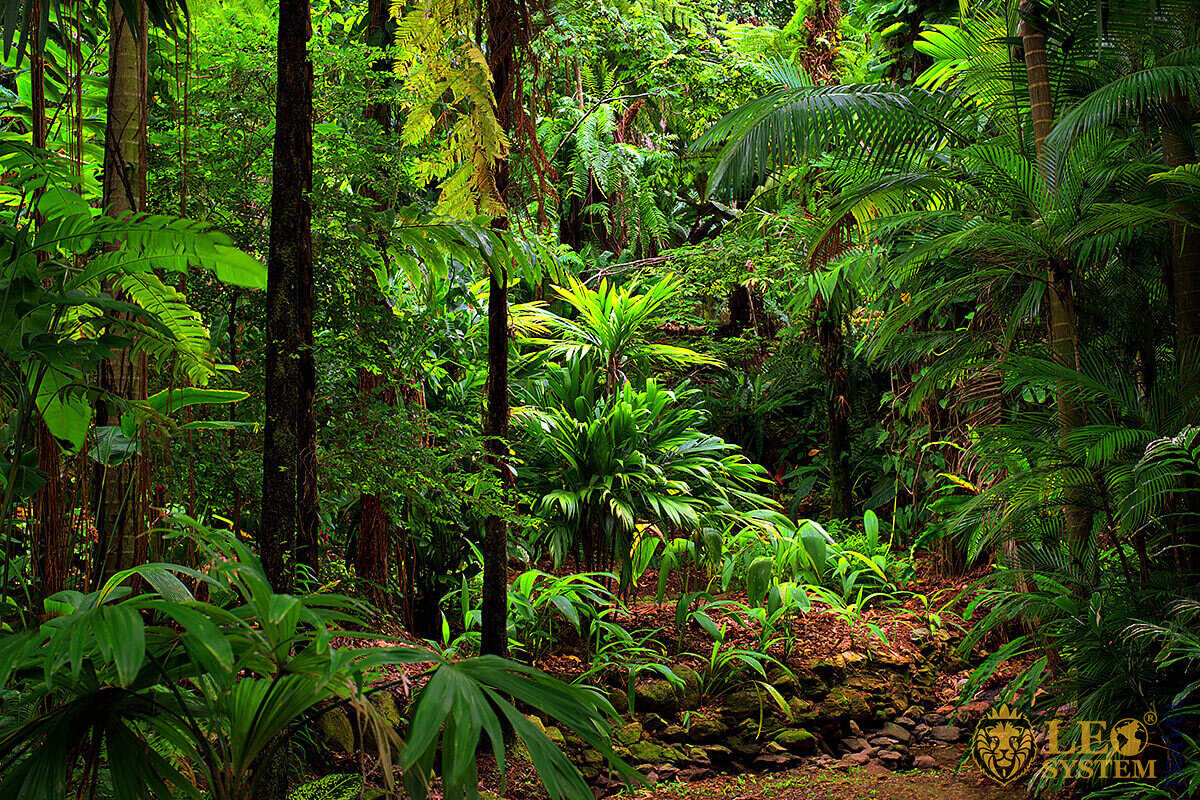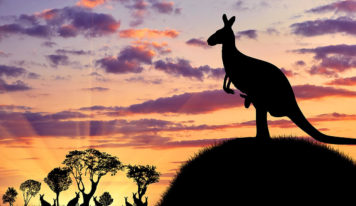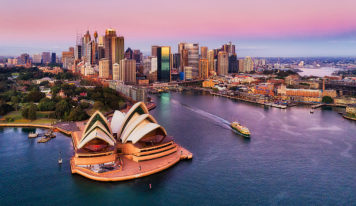Australia is a country, but it also a continent, making it the only nation to hold these two distinctions. It is a region with a long history that is split between those of the Aborigines who lived on the large Pacific Island for over 50,000 according to archaeologists and also the Europeans who are first recorded to have arrived in Australia in 1606.
The country of Australia is also massive, it is three-quarters, the size of the continent of Europe while also having a population close to 30 times less than that of Europe.
Meaning that you have a lot of wildlife to explore, we will be telling you about these natural treasures in this article about the features of the nature of Australia.
The Great Victoria Desert.
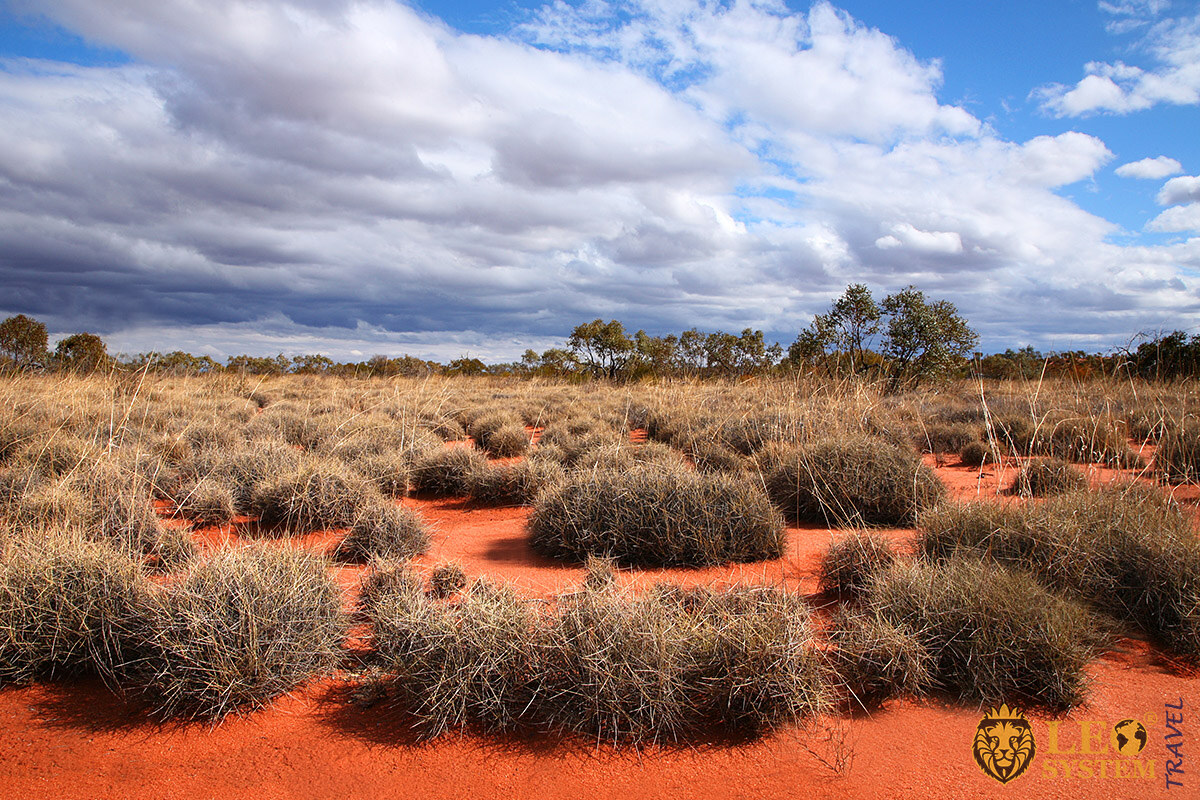
The largest desert in Australia, which is part of a region of the country known as the ‘Deserts of Australia’ a region that permanently spans 18% of the country although during the hotter seasons around 35% of all of Australia technically becomes a desert.
However, the Great Victoria Desert spans around 4.5% of all of Australia, the desert is around the same size as the country of Germany. Compared to the Sahara Desert, the Great Victoria Desert is around 26 times smaller, however, it is home to many animals as you may see.
This desert is unique due to its greenery, with the majority of the desert being populated by Lobed Spinifex which is a ground plant that looks like grass, and also by two main species of trees called the Desert Gum and Large-fruited Mallee.
As for animals you have desert rodents such as the Sandhill Dunnart and the Crest-tailed Mulgara. Many people may also be surprised by this, there is also a frog native to the reason called the Water-holding frog.
Daintree Rainforest.
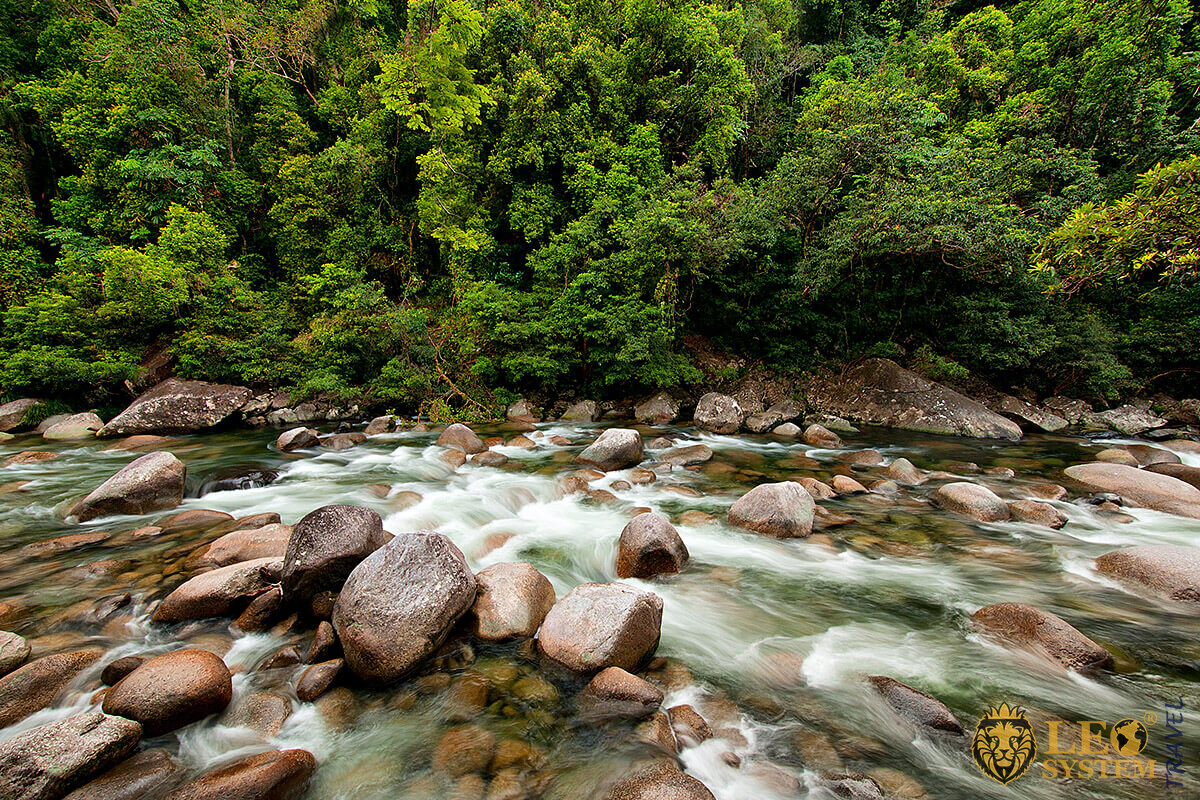
As you may start to see, Australia is a very diverse country that is home to many different environments from deserts to rainforests. The Daintree Rainforest is located in the Northeastern part of the state of Queensland.
This rainforest is part of a collection of fourteen rainforests and natural parks known as the Wet Tropics of Queensland which are listed as a natural world heritage site by the UNESCO World Heritage Organization.
In total the Daintree Rainforest is 1,200 kilometers squared in size, making it the largest rainforest in all of Australia. It may not be able to match up to the size of the Amazon Rainforest.
However, the Daintree Rainforest is believed to be the oldest rainforest in the world. Scientists believe that the Daintree Rainforest first developed 180 million years ago, which makes it tens of millions of years older than the Amazon Rainforest.
Great Barrier Reef.
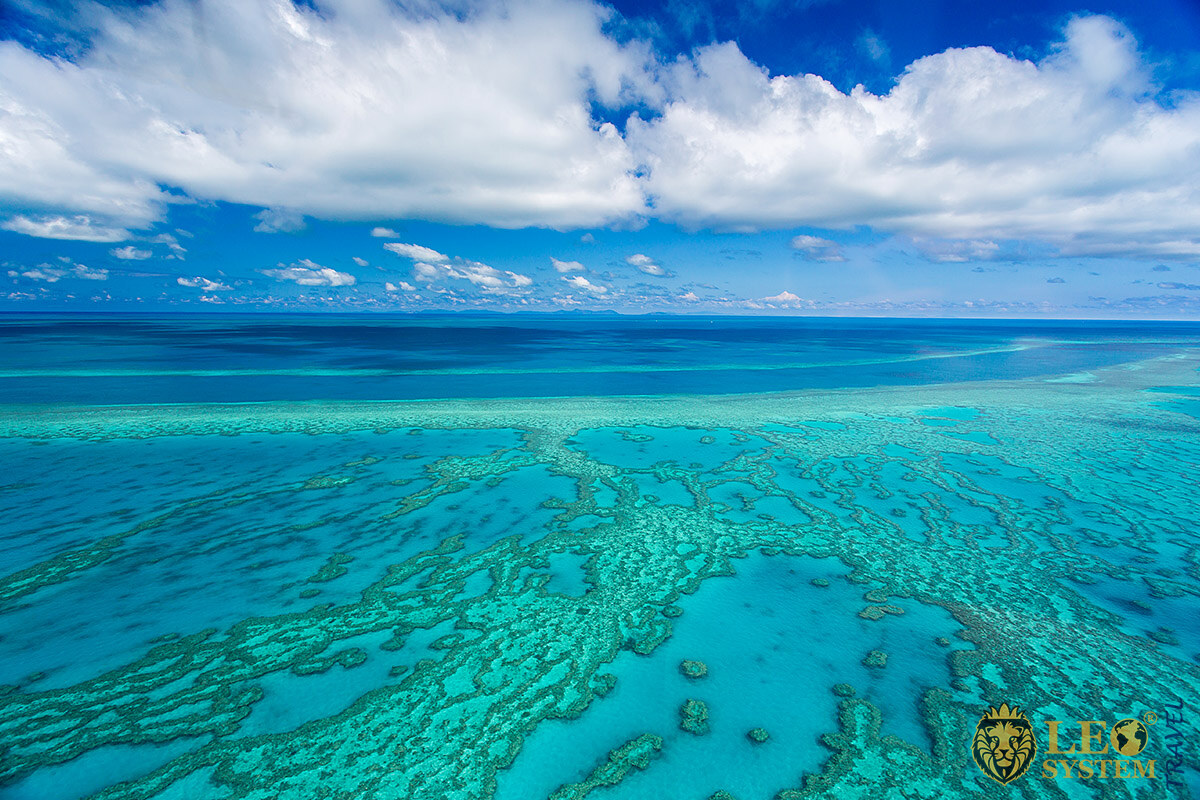
It is very likely that you have heard of the Great Barrier Reef, it is one of Australia’s most famous landmarks and for very good reason. The Great Barrier Reef is what is known as a coral reef, a coral is a living creature that is related to other living invertebrates such as lobsters, clams, and even worms.
An invertebrate is an animal that does not have a backbone which greatly affects how their nervous system is set up and also the way they survive. Corals simply stay in one place for the majority of their lives and live off the algae that grow on their shell, which is essentially an external skeleton.
When large groups of corals group together also known as coral colonies, they create a lavish and vibrant environment for fish and other sea creatures to live in.
The Great Barrier Reef is the world’s largest coral reef. The reef is believed to be over 20 million years old. You may have also seen the Great Barrier Reef making an appearance in the popular animation film Finding Nemo which is set in this natural wonder, the film is about a young clownfish that gets captured by scuba fishermen and sold to a dentist in the United States.
Uluru.
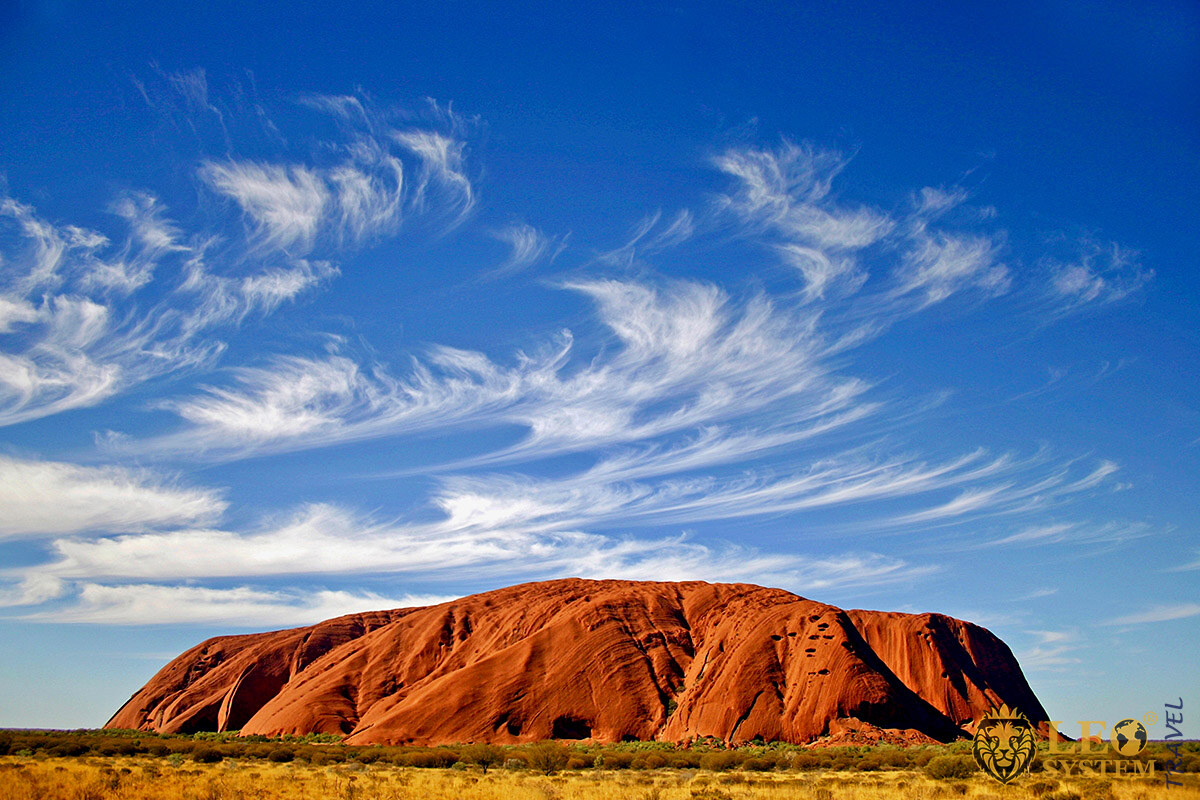
An important natural wonder that we have to talk about in this article about the features of the nature of Australia is the Uluru also known by its English name of Ayers Rock. The Uluru is a massive rock that for hundreds of years has been a sacred site of a local Aboriginal tribe called the Pitjantjatjara.
On the 26th of October 2019, it became illegal to climb the Uluru rock, due to its status as a sacred site of the Pitjantjatjara tribe, however, visitors still have the ability to get close to it as long as they do not touch it or climb it.
Additionally, it is illegal to take photographs of certain parts of this famous rock formation, due to the Pitjantjatjara finding it sinful.
It is hard to understand how big this rock is, if you walk around it, you will end up walking around 9.4 kilometers. Furthermore, the rock is estimated to weigh over 1.4 billion tons and at its tallest peak, it is as high as 546 meters. The Uluru Rock is also famous for how it turns into a bright orange color during sunrise and sunset.
The Twelve Apostles.
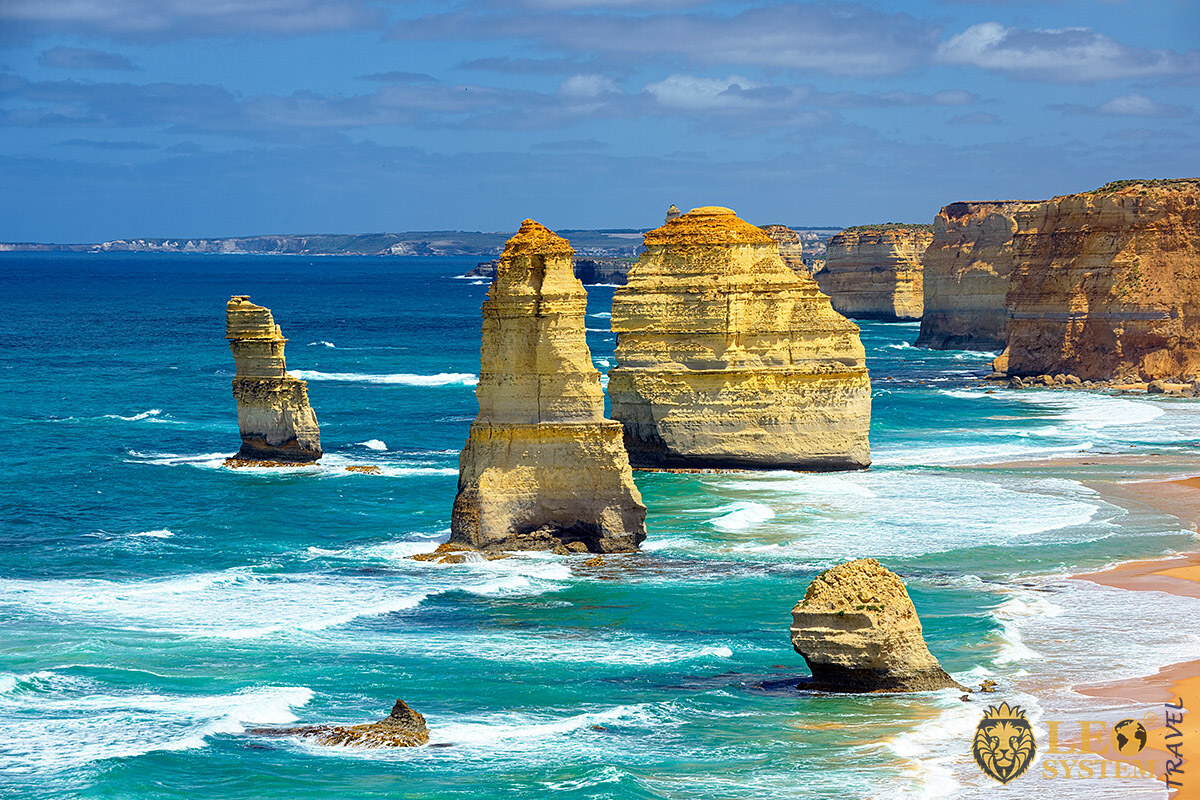
In the Southeast of Australia, you have twelve limestone rock formations in the Pacific Ocean that are located near the small town of Port Campbell. These limestone stacks are called the Twelve Apostles, after the apostles in Christianity that were the disciples of Jesus who spread Christianity after Jesus died.
The Twelve Apostles have formed naturally over around 6000 years due to erosion from the Pacific Ocean, the way these rock formations have formed the way they are is by the erosion first forming an arch and eventually one side of the arch collapsing over hundreds of years.
Mount Kosciuszko.
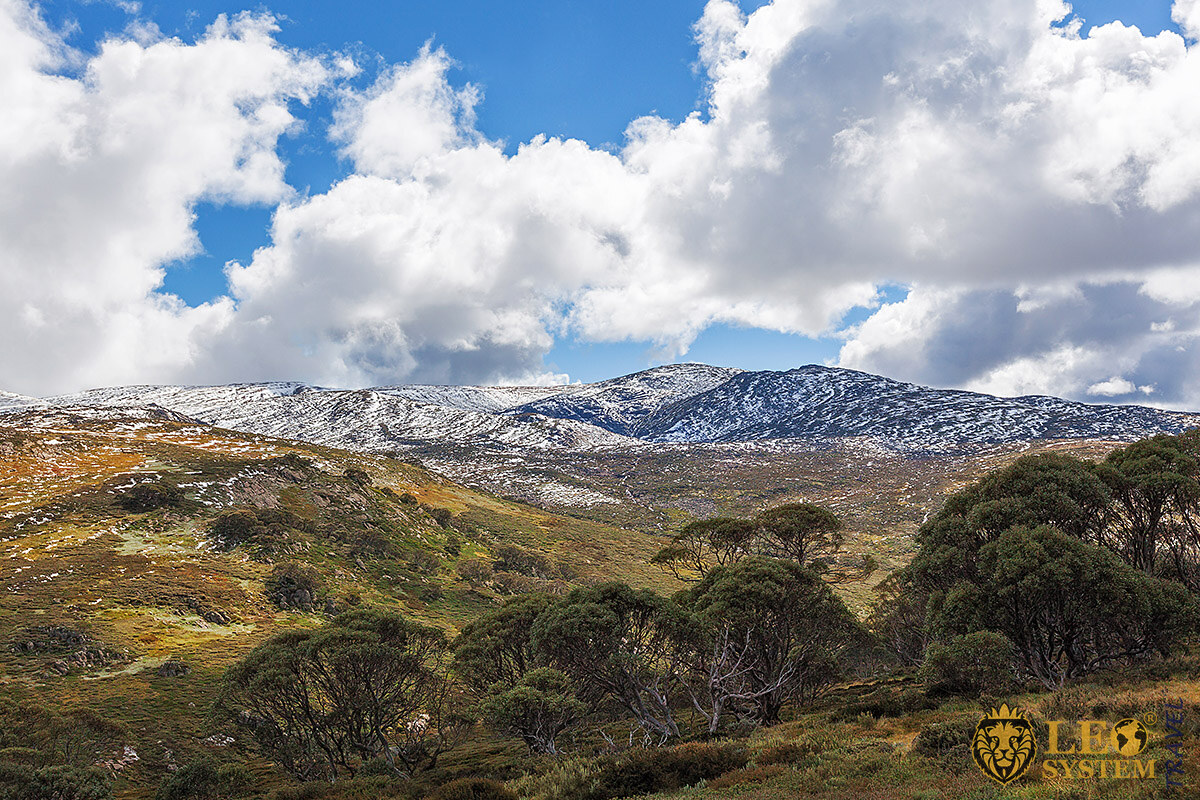
Mount Kosciuszko is the tallest mountain in all of Australia, at a height of 2,228 meters. The mountain is located in the Southeastern part of Australia, in the state of New South Wales.
The unique name of this mountain comes from Polish-Lithuanian general Tadeusz Kosciuszko who has an artificial mound named after him in Poland with the mountain in Australia being named after him because it has a similar appearance and shape to the mound found in Poland.
Due to its height, it is estimated that Mount Kosciuszko is home to around 40% of the species of bird in all of Australia, these bird breeds include the Black Swan, the Tawny Frogmouth, and the Silver Gull.
Furthermore, the mountain is home to its own unique rodent known as the Mountain Pygmy Possum that is found approximately in a ten-kilometer radius around the mountain. It is a popular little creature in Australia that is renowned for its cuteness.
The Horizontal Falls.
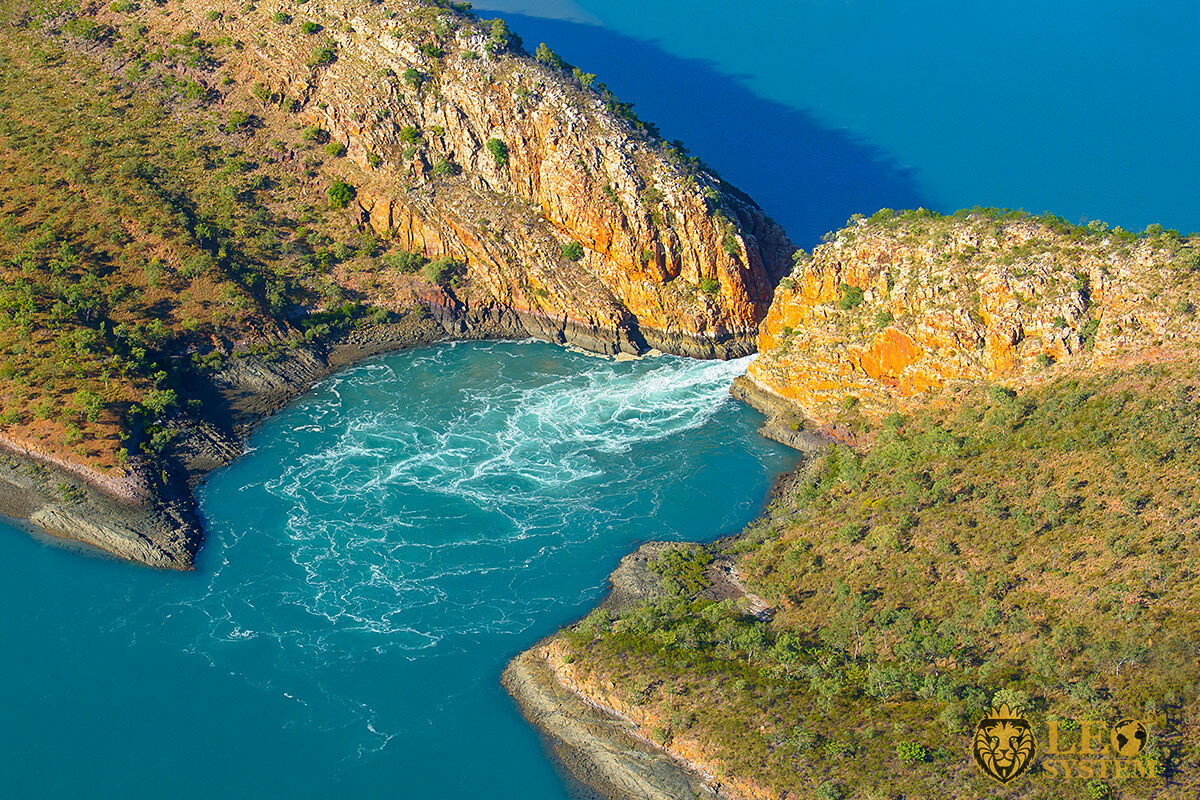
Finally, in this features of the nature of Australia article, we have one of the most interesting natural landmarks in the country. The Horizontal Falls is a number of large rock formations that are part of the mainland in Western Australia in the state of Kimberley.
There are very small gaps between the rock formations where the water can flow through therefore depending on the tide, water pressure can build up which leads to whirlpools that from above look like horizontal falls hence the name.
Tourists also traverse these gorges by boat if they wish to do so and experience the so-called horizontal waterfalls for themselves. If that is not for you, there are tours in small planes and also helicopters that allow you to experience this natural landmark from the air.
The Horizontal Falls has been called by famous natural historian and television host David Attenborough as one of the greatest wonders of the natural world, so it may be worth a visit.
Also read the article: What Is Life Like In Australia?

